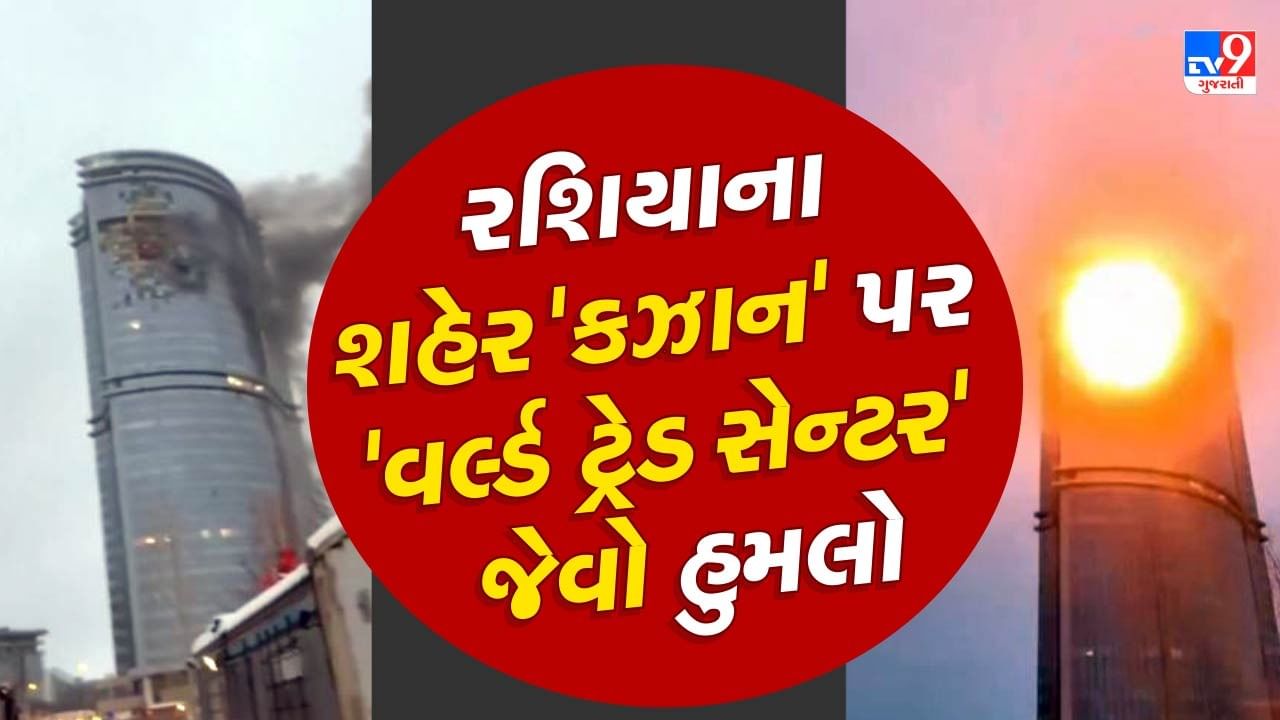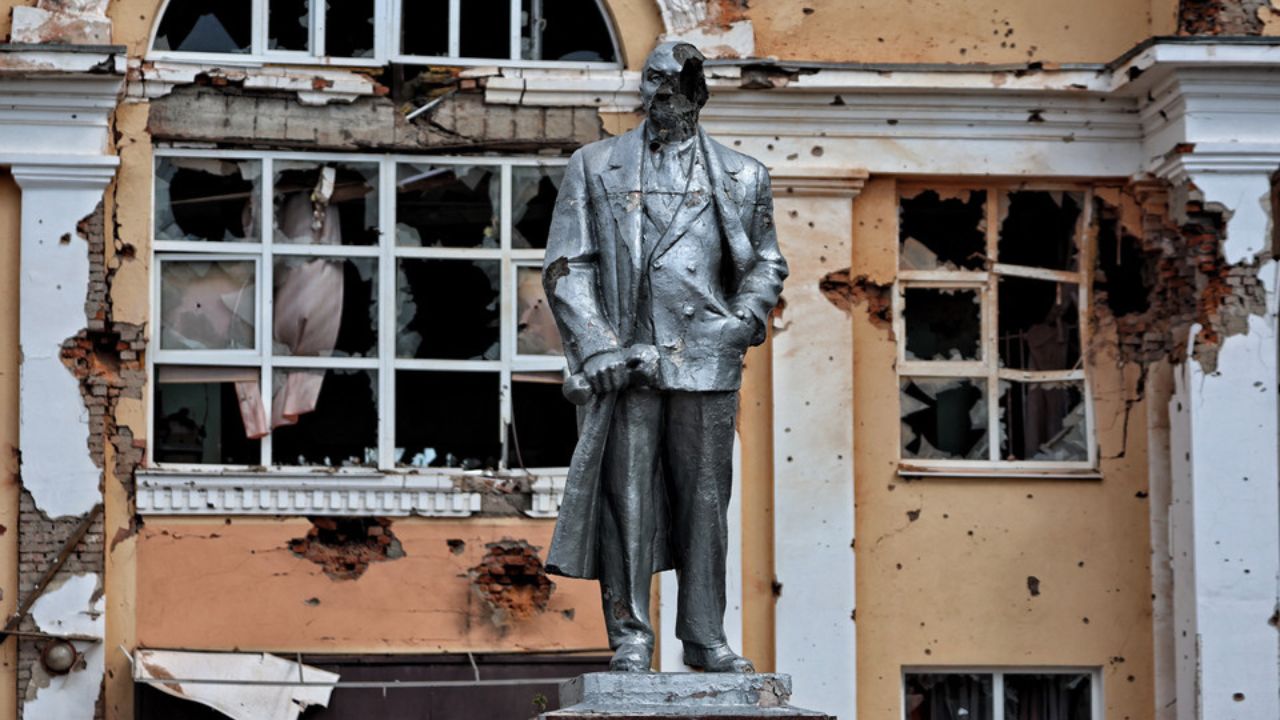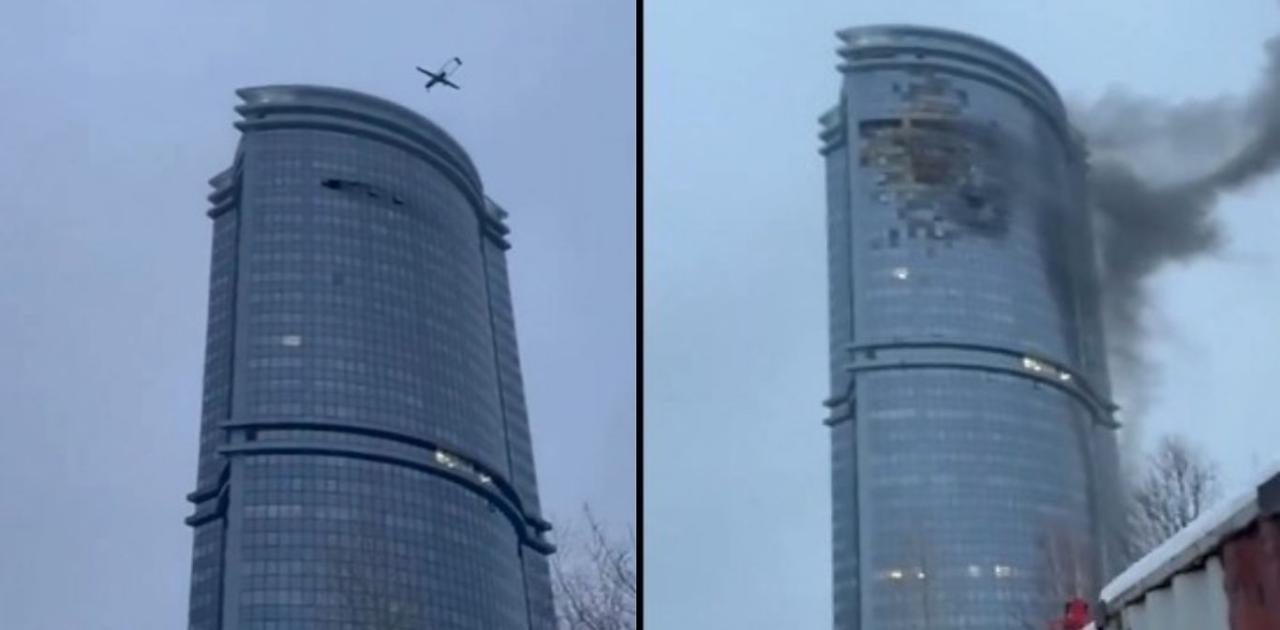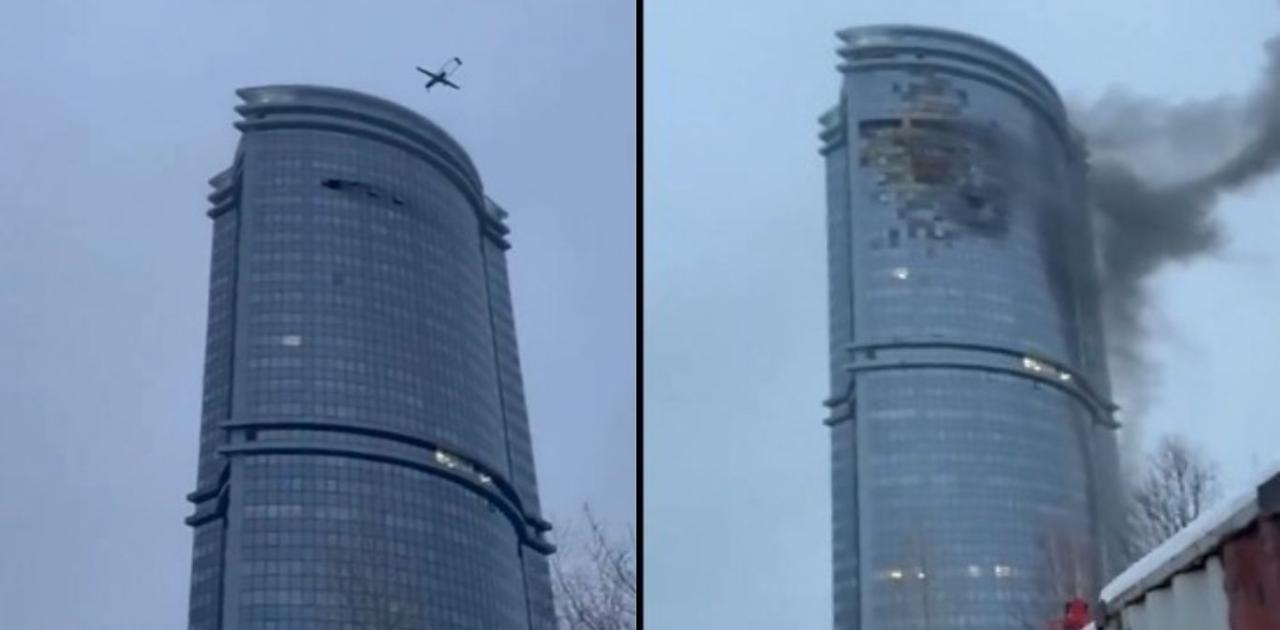Kazan drone attack represents a significant event demanding careful examination. This incident, shrouded in uncertainty regarding perpetrators and motives, compels a deeper investigation into the technological capabilities displayed, the ensuing international reactions, and the long-term security implications for the region. Understanding the multifaceted nature of this attack is crucial for assessing its impact and preventing future occurrences.
The recent drone attack on Kazan highlights the growing concern over the misuse of unmanned aerial vehicles. This incident, while geographically distant, shares similarities with other drone-related incidents; for instance, the consequences of a malfunction, as seen in a recent florida drone accident , underscore the importance of robust safety regulations and operator training. Ultimately, the Kazan attack underscores the need for international cooperation to prevent future incidents involving drones.
The incident sparked immediate global attention, raising concerns about the escalating use of drones in conflict and the vulnerability of civilian infrastructure. Analyzing the attack’s timeline, the potential actors involved, and the resulting political and social fallout provides a comprehensive understanding of this complex situation. Further analysis of the technological aspects, including the types of drones used and counter-drone technologies, is vital in assessing the effectiveness of current security measures.
The Kazan Drone Attack: An Analysis

The reported drone attack on Kazan, Russia, in [Insert Date], sparked significant international attention, raising questions about attribution, security implications, and the evolving nature of modern warfare. This analysis delves into the event’s various facets, examining the circumstances, potential actors, international responses, and technological aspects.
The Event: Kazan Drone Attack Overview
Reports emerged on [Insert Date] of a drone attack targeting [Insert Target Location(s) in Kazan]. Initial reports suggested multiple drones were involved, though the exact number remains unconfirmed. The incident reportedly resulted in [Insert reported damage, e.g., minor property damage] and no casualties were reported. The alleged targets, [Insert Target(s) and their significance, e.g., government buildings, strategic infrastructure], are considered significant due to their [Insert Reason for Significance, e.g., symbolic value, strategic importance].
| Date | Time | Location | Key Events |
|---|---|---|---|
| [Insert Date] | [Insert Time] | [Insert Location] | Initial reports of drone activity |
| [Insert Date] | [Insert Time] | [Insert Location] | Reports of impact(s) and damage assessment begin |
| [Insert Date] | [Insert Time] | [Insert Location] | Official statements released by authorities |
| [Insert Date] | [Insert Time] | [Insert Location] | Investigations commence |
Attribution and Responsibility
Determining responsibility for the attack presents a complex challenge. Several potential actors have been discussed, each with varying levels of plausibility. These include [List Potential Actors, e.g., Ukrainian affiliated groups, internal dissidents, other state actors]. The lack of readily available concrete evidence makes definitive attribution difficult.
| Potential Perpetrator | Motive | Supporting Evidence |
|---|---|---|
| [Potential Perpetrator 1] | [Motive 1] | [Evidence 1, e.g., Proximity to conflict zones, past actions] |
| [Potential Perpetrator 2] | [Motive 2] | [Evidence 2, e.g., Political grievances, potential for disruption] |
| [Potential Perpetrator 3] | [Motive 3] | [Evidence 3, e.g., Lack of evidence, alternative explanations] |
International and Domestic Reactions

The Kazan drone incident elicited a range of responses from various actors. These reactions highlight the diverse geopolitical landscape and the sensitivities surrounding such events.
- Governmental Responses: [List government statements and actions, e.g., Russia’s official condemnation, international statements of concern].
- International Organizations: [List statements from international organizations, e.g., UN statements, NATO responses].
- Media Reactions: [Summarize media coverage, e.g., International news outlets, Russian media narratives].
- Public Opinion: [Describe public reaction in Russia and internationally, e.g., Public discussions, social media sentiment].
Security Implications and Aftermath
The attack has raised serious concerns about the vulnerability of Russian cities to drone attacks and the potential for escalation. The aftermath has seen increased focus on enhancing security measures.
- Pre-attack security measures: [Describe existing security measures before the attack, e.g., Air defense systems, surveillance technology].
- Post-attack responses: [Detail the responses after the attack, e.g., Enhanced security patrols, improved drone detection systems].
Technological Aspects of the Attack
The alleged drones used in the attack likely possessed specific capabilities enabling their deployment and operation. Counter-drone technologies play a crucial role in mitigating such threats.
The recent drone attacks on Kazan highlight the increasing vulnerability of civilian infrastructure to unmanned aerial vehicles. Understanding the technology behind such attacks is crucial, and studying surveillance systems like the cobequid pass camera , which offers a different perspective on remote monitoring, can provide valuable insights. This knowledge is essential for developing effective countermeasures against future drone threats to cities like Kazan.
| Alleged Drone Technology | Capabilities | Counter-Drone Technology | Effectiveness |
|---|---|---|---|
| [Type of Drone] | [Capabilities, e.g., Range, payload capacity] | [Counter-drone technology, e.g., Jamming systems, detection radar] | [Effectiveness, e.g., Limited effectiveness against sophisticated drones] |
Information Warfare and Propaganda

The narrative surrounding the Kazan drone attack has been shaped by various actors through information warfare and propaganda. Analyzing these competing narratives is crucial for understanding the event’s true nature.
-
“Source A: Statement emphasizing the attack’s severity and highlighting potential external threats.”
-
“Source B: Statement downplaying the incident’s significance and suggesting alternative explanations.”
The recent Kazan drone attack highlights the increasing vulnerability of civilian areas to unmanned aerial vehicles. This incident underscores the need for robust counter-drone measures, a concern amplified by considering the potential for similar accidents, such as the one detailed in this report on a drone show accident. Understanding the causes and consequences of such incidents, whether intentional attacks or accidental malfunctions, is crucial for improving safety protocols and preventing future tragedies in Kazan and elsewhere.
The Kazan drone attack serves as a stark reminder of the evolving threats posed by unmanned aerial vehicles. The incident’s multifaceted nature, encompassing technological advancements, geopolitical considerations, and information warfare, necessitates a comprehensive and ongoing analysis. Understanding the motivations behind the attack, the effectiveness of response measures, and the long-term consequences for regional security are crucial for preventing future incidents and mitigating the potential for escalation.
Query Resolution: Kazan Drone Attack
Were there any fatalities reported in the Kazan drone attack?
Information regarding casualties varies across sources; a definitive number remains unconfirmed pending official reports.
What type of drones were allegedly used?
Specific drone models used have not been officially confirmed. Investigations are ongoing to determine the exact technology employed.
What was the immediate response of the Russian government?
The Russian government initially responded with statements condemning the attack and launching investigations into the incident. Specific details varied across official channels.
